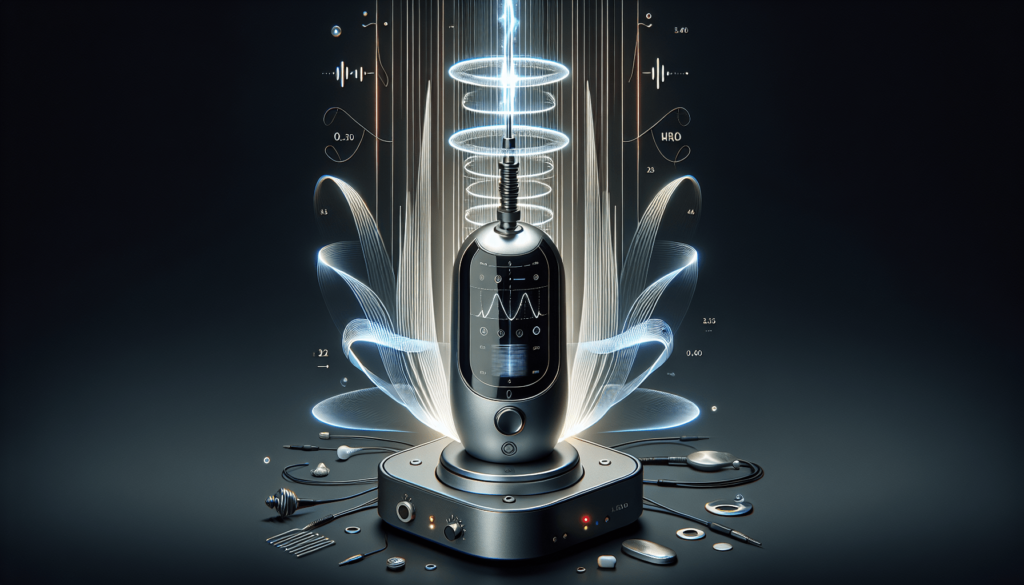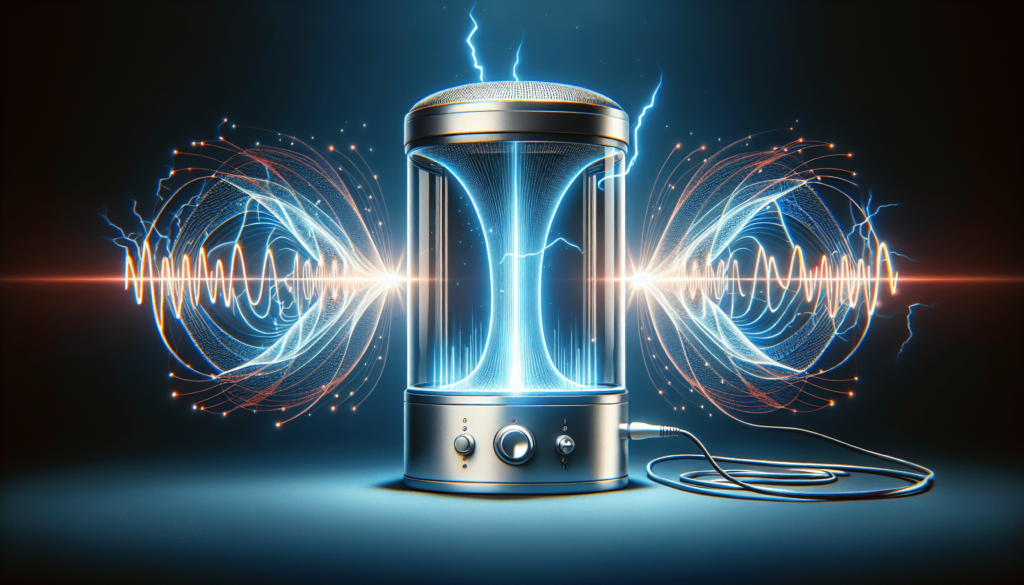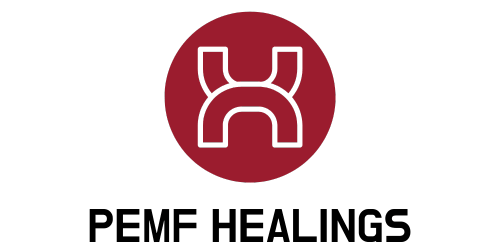You’re in for a treat as we delve into the fascinating world of PEMF vs Rife. If you’ve ever wondered how these two technologies compare, look no further. In this article, we’ll explore the benefits and differences between PEMF (Pulsed Electromagnetic Field) therapy and Rife (Royal Rife) therapy. Brace yourself for an enlightening journey as we uncover the secrets behind these innovative approaches to wellness. Get ready to discover which one is the perfect fit for you!
What is PEMF?
Pulsed Electromagnetic Field Therapy (PEMF) Definition
PEMF stands for Pulsed Electromagnetic Field Therapy, a non-invasive treatment that uses electromagnetic fields to stimulate the body’s natural healing mechanisms. It involves the use of a PEMF device that emits low-frequency electromagnetic waves to penetrate various tissues and cells in the body. This therapy has been utilized for decades in both human and veterinary medicine to address a wide range of conditions.
How PEMF Therapy Works
PEMF therapy works by delivering pulsating electromagnetic fields to the body through a specialized device. These electromagnetic fields penetrate the body and stimulate cellular activity, promoting the production of adenosine triphosphate (ATP), which is the energy currency of cells. This increase in ATP production helps to enhance cellular metabolism and repair damaged tissues. Additionally, PEMF therapy is believed to improve blood circulation, reduce inflammation, and stimulate the body’s natural healing processes.
The Benefits of PEMF Therapy
PEMF therapy offers a variety of potential benefits for individuals seeking alternative therapies. Some of the commonly reported benefits include pain relief, improved sleep, reduced inflammation, enhanced recovery from injuries, accelerated wound healing, increased energy levels, and improved overall well-being. Additionally, PEMF therapy has been explored for its potential in treating conditions such as arthritis, fibromyalgia, depression, and neurological disorders.
Limitations of PEMF Therapy
While PEMF therapy has shown promise in various areas, it does have some limitations. The effectiveness of PEMF therapy may vary depending on the individual, the condition being treated, and the specific parameters utilized in the treatment. Additionally, the optimal duration and frequency of PEMF therapy sessions may vary, making it essential for individuals to work closely with qualified healthcare professionals to determine the most suitable treatment plan. As with any therapeutic modality, PEMF therapy may also have contraindications and potential risks, making it important to consult with a healthcare professional before starting the treatment.
What is Rife?
The Rife Machine Definition
The Rife machine, named after its inventor Dr. Royal Raymond Rife, is a device that emits electromagnetic frequencies believed to target and eliminate specific pathogens, including viruses and bacteria, in the body. Rife therapy is based on the concept that every microorganism has a specific resonance frequency, and by exposing it to the corresponding frequency, it can be destroyed.
How Rife Therapy Works
Rife therapy involves using a Rife machine to deliver specific frequencies to the body. The machine emits electromagnetic waves that are believed to resonate with the targeted pathogens, disrupting their cellular integrity and causing their destruction. This therapy aims to restore health by eliminating harmful microorganisms without harming healthy cells.
The Benefits of Rife Therapy
Proponents of Rife therapy claim various benefits associated with its use. These purported benefits include the elimination of harmful pathogens, improved immune function, relief from chronic infections, reduction in pain and inflammation, and overall improvement in one’s well-being. Rife therapy has been explored for its potential in addressing conditions such as Lyme disease, cancer, chronic fatigue syndrome, and other infections.
Limitations of Rife Therapy
One of the limitations of Rife therapy is the lack of scientific evidence supporting its efficacy. While there are anecdotal reports of positive outcomes, rigorous clinical studies validating the effectiveness of Rife therapy are currently limited. Additionally, the optimization of frequencies and treatment protocols remains a challenge, as there is no standardized approach to Rife therapy. It is important to approach Rife therapy with caution and consult with healthcare professionals to ensure its safe and appropriate use.

Comparison
Differences between PEMF and Rife
Despite both PEMF and Rife therapy utilizing electromagnetic fields, there are notable differences between the two approaches. PEMF therapy focuses on utilizing low-frequency electromagnetic fields to stimulate cellular activity and promote healing, while Rife therapy aims to target and eliminate specific pathogens using specific frequencies believed to resonate with them. Additionally, PEMF therapy has a broader range of applications, addressing various conditions beyond the scope of pathogen elimination.
Similarities between PEMF and Rife
PEMF and Rife therapy share some similarities, primarily involving the use of electromagnetic fields for therapeutic purposes. Both modalities have the potential to support the body’s natural healing processes and improve overall well-being. However, it is important to note that the specific mechanisms of action and treatment approaches differ between PEMF and Rife therapy.
Efficacy
Scientific Research on PEMF Efficacy
Several scientific studies have been conducted to evaluate the efficacy of PEMF therapy in various healthcare domains. Research suggests that PEMF therapy may provide benefits in reducing pain, improving bone healing, enhancing circulation, and supporting tissue repair. However, further research is needed to establish the full extent of its effectiveness and to explore its potential applications in a broader range of conditions.
Scientific Research on Rife Efficacy
The scientific research on Rife therapy, specifically utilizing Rife machines, is limited. While there are anecdotal reports of positive outcomes, there is a lack of rigorous clinical studies to support its efficacy. The concept of specific frequencies targeting and eliminating pathogens requires further investigation to establish its validity.

Safety
Potential Risks and Side Effects of PEMF Therapy
PEMF therapy is generally considered safe when used appropriately, but it is not without potential risks and side effects. Some individuals may experience temporary discomfort or tingling sensations during or after the treatment. There is also a theoretical risk of electromagnetic interference with certain medical devices, such as pacemakers or implanted electronic devices. Therefore, it is crucial to consult with healthcare professionals to determine the suitability and safety of PEMF therapy for specific individuals.
Potential Risks and Side Effects of Rife Therapy
The safety of Rife therapy, particularly when utilizing Rife machines, is a topic of ongoing debate. The use of specific frequencies and their potential impact on the body’s cells and tissues requires further investigation. As with any alternative therapy, it is essential to consult with qualified healthcare professionals to assess the safety and appropriateness of Rife therapy for individual needs.
Medical Applications
PEMF Therapy Applications in Medicine
PEMF therapy has found applications in various medical fields. Some of the areas where PEMF therapy is utilized include orthopedics for bone healing and fracture repair, pain management for conditions such as arthritis and fibromyalgia, wound healing, and postoperative recovery. Research is also ongoing to explore its potential in treating neurological disorders, depression, and other conditions.
Rife Therapy Applications in Medicine
Despite its limited scientific validation, Rife therapy has been explored for its potential applications in various medical domains. It has been considered in the context of treating Lyme disease, chronic infections, and certain types of cancers. However, further research is needed to determine the effectiveness and safety of Rife therapy in these applications.
Use in Wellness Practices
PEMF in Wellness Practices
PEMF therapy has gained popularity in wellness practices and complementary health approaches. Many individuals incorporate PEMF therapy into their wellness routine to improve sleep quality, enhance relaxation, boost energy levels, and promote overall well-being. Some wellness centers and spas offer PEMF therapy as part of their treatment offerings.
Rife in Wellness Practices
Rife therapy, despite its limited scientific evidence, has also found a place in wellness practices and alternative health approaches. Some individuals seek Rife therapy as a complementary or alternative treatment option for chronic conditions or to boost immune function. However, it is crucial to approach Rife therapy in the context of wellness practices with caution and consult with healthcare professionals.
Cost and Accessibility
The Cost of PEMF Therapy
The cost of PEMF therapy varies depending on factors such as the type of device, the duration and frequency of treatments, and the location where the therapy is received. PEMF therapy sessions can range from individual sessions to the purchase of a PEMF device for personal use. The cost can also be influenced by additional expenses such as consultations with healthcare professionals. It is advisable to research and compare pricing options before deciding on a specific approach.
The Cost of Rife Therapy
The cost of Rife therapy can vary, considering factors such as the type of Rife machine used, the expertise of the practitioner, and the location. Some individuals may opt to purchase a Rife machine for personal use, while others may seek treatment from licensed practitioners. As with PEMF therapy, it is important to consider the overall expenses involved and weigh them against the potential benefits.
Accessibility of PEMF Therapy
PEMF therapy is becoming increasingly accessible, with various healthcare facilities, wellness centers, and even home-use devices available in the market. However, the availability of PEMF therapy may vary depending on the geographical location and the resources available in a specific area. It is important to research local options and consult with healthcare professionals to determine the accessibility of PEMF therapy.
Accessibility of Rife Therapy
Rife therapy, particularly when utilizing Rife machines, may be less accessible compared to PEMF therapy. The availability of trained practitioners and Rife machine resources can be limited, requiring individuals to explore different avenues for accessing Rife therapy. It is essential to consider local availability and consult with healthcare professionals to assess the accessibility of Rife therapy in a specific area.
Personal Considerations
Factors to Consider when Choosing between PEMF and Rife
When deciding between PEMF and Rife therapy, there are several factors to consider. It is essential to evaluate the specific health condition or goal you are seeking to address, as well as the level of scientific evidence supporting each therapy. Additionally, factors such as cost, accessibility, personal preferences, and consultation with healthcare professionals should be taken into account. Taking an individualized approach and considering all relevant factors can help guide the decision-making process.
Consultation with Healthcare Professionals
Before embarking on any therapeutic modality, it is crucial to consult with qualified healthcare professionals. They can provide guidance tailored to individual needs, assess the suitability of specific therapies, and offer expert advice. Healthcare professionals can also help navigate the available research and determine the most appropriate approach based on individual circumstances.
Conclusion
Weighing the Pros and Cons of PEMF and Rife
When considering PEMF and Rife therapy, it is important to weigh the potential benefits against the limitations and lack of scientific evidence. PEMF therapy offers a versatile approach with a broad range of applications and a growing body of research supporting its efficacy. Rife therapy, on the other hand, is a more controversial modality with limited scientific validation. The decision between the two therapies should be made in consultation with healthcare professionals, taking into account individual needs and preferences.
Choosing the Right Therapy for You
Choosing the right therapy ultimately depends on individual preferences, goals, and an informed understanding of the available evidence. It is advisable to consult with healthcare professionals, conduct thorough research, and carefully consider the pros and cons of each therapy. By taking an individualized approach and seeking expert guidance, individuals can make informed decisions regarding which therapy may be the most suitable for their unique circumstances and wellness journey.


